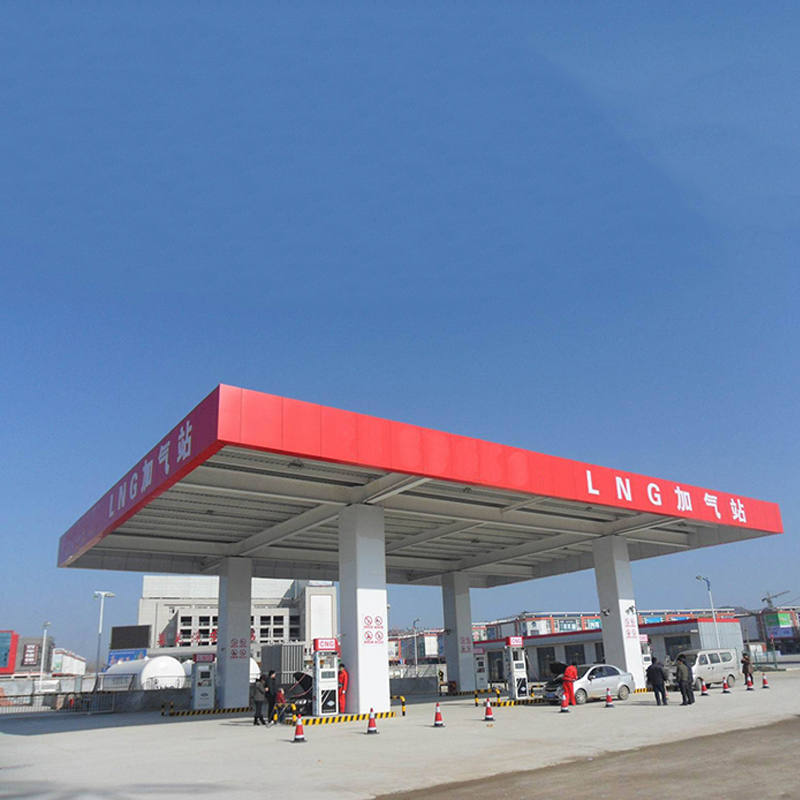
Aug . 03, 2024 02:36
Back to list
Understanding the Functionality and Importance of Gas Regulators in Everyday Applications
Understanding Gas Regulators Essential Components for Safe and Efficient Gas Usage
Gas regulators are critical devices used in various applications where gases are utilized, such as residential, commercial, and industrial settings. These devices serve a vital function they reduce the pressure of gas from a high-pressure source, ensuring a safe and manageable flow for end users. This article will explore the role of gas regulators, their types, functionalities, and the importance of proper maintenance to ensure their efficiency and safety.
What is a Gas Regulator?
A gas regulator is a mechanical device designed to manage and control the pressure of gases. When gas is extracted from storage tanks, pipelines, or cylinders, it typically comes at a high pressure, which can be dangerous if not controlled properly. Gas regulators reduce this high pressure to a preset lower pressure suitable for appliances and equipment utilizing the gas. Without regulators, pressure surges could lead to catastrophic failures, accidents, or inefficient operation of gas-powered devices.
Types of Gas Regulators
Gas regulators come in various types, each suited for specific applications
. The most common types include1. Single-stage Regulators These are typically used where the pressure requirements are not too demanding. They reduce the pressure in one step and are easy to install and maintain.
2. Two-stage Regulators For more complex systems, two-stage regulators are preferred. They first reduce the pressure to an intermediate level before lowering it to the desired output pressure. This provides a more stable output pressure regardless of fluctuations in the inlet pressure.
gas regulator

3. Electronic Regulators Advanced gas systems may employ electronic regulators that use sensors and digital controls to maintain appropriate pressure levels automatically. These are often used in industries where precision is critical.
4. Pressure Reducing Valves (PRVs) While often confused with gas regulators, PRVs are typically used in water systems but can also regulate gas pressure. They ensure that pressure does not exceed safe levels in various applications.
Functionality and Importance
The fundamental operation of a gas regulator involves a diaphragm and a spring mechanism. When gas flows into the regulator, it acts upon the diaphragm, which in turn adjusts the opening of a valve. This allows for the outflow of gas at a consistent pressure. The spring tension determines how sensitive the diaphragm is to changes in pressure; a well-calibrated system ensures a steady supply of gas to appliances.
The importance of gas regulators cannot be overstated. In residential settings, they protect appliances such as stoves, heaters, and water boilers from excessive pressure that could cause damage or safety hazards. In commercial and industrial environments, regulators help maintain operational efficiency and prevent accidents, thereby ensuring compliance with safety regulations and standards.
Maintenance and Safety
Regular maintenance of gas regulators is essential for safety and functionality. Users should periodically check for signs of wear, leaks, or corrosion. Any defective components must be replaced immediately to prevent accidents. Furthermore, installations should always comply with local regulations and standards, performed by qualified professionals to ensure that safety measures are adequately addressed.
In conclusion, gas regulators are indispensable components in the realm of gas utilization. They play a crucial role in ensuring that gas is delivered safely and efficiently to various applications, safeguarding both users and equipment. Understanding their types, functionalities, and the importance of maintenance can help users maximize the benefits of these vital devices while minimizing risks associated with gas consumption.
Latest news
-
Safety Valve Spring-Loaded Design Overpressure ProtectionNewsJul.25,2025
-
Precision Voltage Regulator AC5 Accuracy Grade PerformanceNewsJul.25,2025
-
Natural Gas Pressure Regulating Skid Industrial Pipeline ApplicationsNewsJul.25,2025
-
Natural Gas Filter Stainless Steel Mesh Element DesignNewsJul.25,2025
-
Gas Pressure Regulator Valve Direct-Acting Spring-Loaded DesignNewsJul.25,2025
-
Decompression Equipment Multi-Stage Heat Exchange System DesignNewsJul.25,2025

